My kids have a pair of IKEA night lights ("spoka") where the internal battery packs have died. I'm debating replacing the batteries (3x AAA NIMH, marked 3.6V so in series) and have looked at this answer but since we've pretty much only ever used them plugged in, that seems like it might be better to just bypass the battery pack.
The lights worked with the the battery leads shorted, but there was an inline fuse on the old packs, and the circuit board gets uncomfortably hot.
One guess is that if I put a resistor there rather than shorting it, it will limit the current and keep things from burning up. At the same time, I've got very little sense what size resistor to try to convince whatever very simple battery management circuit is in there that there's a full pack.
I do have a basic multimeter if it makes sense to measure the current or voltage across the battery charge leads.
The PSU is a cheap 5V, 500ma. (edited: incorrectly wrote 200ma)
